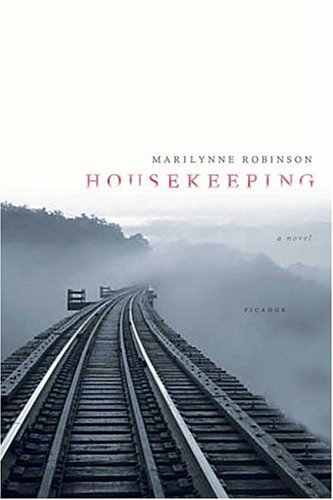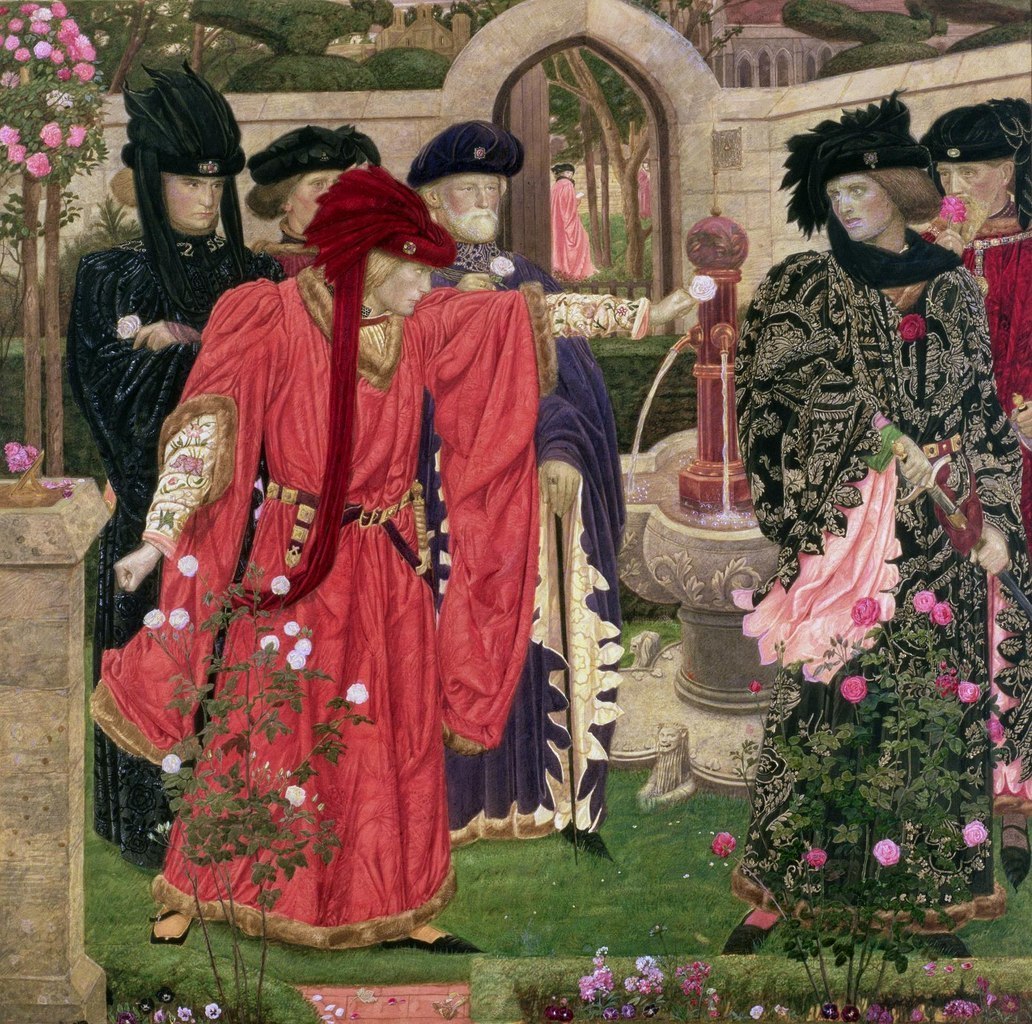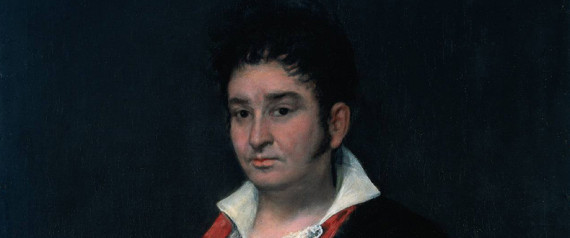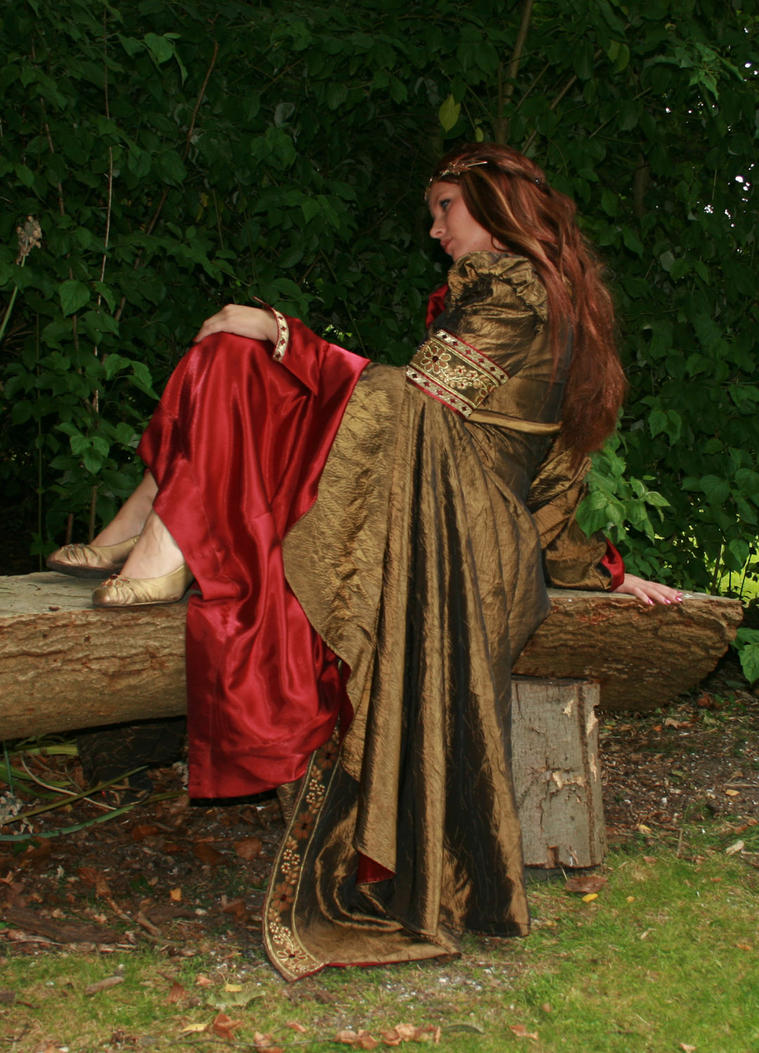Wednesday, April 23, 2014 7:00PM

Readers Neil Gaiman, Nicole Quinn and Mary Caponegro perform excerpts from
pulitzer prize winning author Marilyn Robinson'sHousekeeping. Free admission.
|

Readers Neil Gaiman, Nicole Quinn and Mary Caponegro perform excerpts from
pulitzer prize winning author Marilyn Robinson'sHousekeeping. Free admission.
|
http://warsoftheroses.com/origins.cfm The following short introduction to the origins of the Wars of the Roses is from Battle of Wakefield 1460 by Philip A. Haigh (published by Sutton (UK) 1996). Mr. Haigh can be contacted at this email address: redbadgeit@aol.com. The Origins of the Wars of the Roses Reprinted with the permission of the author Philip A. Haigh It was in this year [1411], that Richard Plantagenet was born to Richard, fifth Earl of Cambridge and Anne Mortimer. His father was the son of Edmund, the first Duke of York, who was in turn the fourth son of Edward III. If Henry VI had died before 1453, the year of the birth of Edward, Prince of Wales, then Richard would have undoubtedly been crowned King of England, since there was no other noble (since the death of Henry VI's uncle and heir Humphrey, Duke of Gloucester, who had died in 1447) with such a strong claim to the throne at that time, other than Richard himself. Being so highly placed in the royal household, Richard was destined to play a significant role in the Government and politics of England throughout his lifetime and in England's affairs in France during the later stages of the Hundred Years War. He was appointed Lieutenant of France in 1436. Throughout his service in Europe, he had to pay for the services of his men and finance the army in France from his own personal funds. Although York was a wealthy man in his own right, (York was the sole benefactor of the childless Edmund Mortimer, who had died of plague in Ireland in 1425). It was his marriage to Cicely Neville in 1438 (who was known as 'The Rose of Raby'), daughter to Ralph Neville, Earl of Westmoreland and sister of Richard Neville, Earl of Salisbury, which had brought him great wealth. Thus, he was able, albiet unhappily in doing so, to fund the English army overseas. By the time he left France, York had forwarded some £38,000 of his own money to maintain English interests in France. To add insult to injury, in 1445 he was replaced as Lieutenant of France by Edmund Beaufort, Duke of Somerset. It is not to be doubted that it was on Somerset's advice (who was Henry VI cousin, and someone Henry trusted more than the Duke of York) that Henry VI created York Lieutenant of Ireland, which was in reality, exile by office. Somerset was no doubt fearful of York, a fear enhanced by the fact that Somerset, a man whom York equally detested, and a favourite of Henry VI was forwarded funds to the sum of £25,000 to sustain the king's army in France. Not only did York detest Somerset because of his favouritism with the king, but he also detested the fact that he had been given the office he had previously held in France and the funds to support it, despite his inability as a soldier. York's fears over the management of the campaign in France was soon realised, as the war began to go badly for the English. The Duke of Somerset was personally responsible for the surrender of the strategic town of Rouen which subsequently led to the fall of Normandy to Charles VII of France. Because of this, Somerset became distinctly unpopular at home. However, because he retained the king's favour, he maintained his prestigious position at court. In June 1451, Bordeaux in France, and Gascony, were lost to the French. This was disastrous news for the English and the King, Henry VI, took the loss very badly. York in turn, was quick to blame Somerset for the disaster and, with support for the king and his adherents at such a low point (due mainly to English failings in France), York, decided to risk all and attempt to wrest control from the king by force of arms and arrest the Duke of Somerset, thus removing him from his position as the king's most senior advisor. Doubtless this move was not only inspired by York's fear for the conduct of the war in France, but also because he was equally fearful that Somerset might take over the very position that York felt was his own, that of the most likely heir to Henry in the absence of the king having any children of his own. Thus York, believing that he had more popular support than he actually had, sailed from Ireland and landed in North Wales, gathered his forces and travelled straight for London and the encounter at Blackheath. The Wars of the Roses Begin After York's release from custody, there then followed several years of relative peace. However, by the year 1453, the political storm clouds were once again gathering over the country. By this year, England's possessions in France had been almost lost as the disastrous Hundred Years War had all but come to an end . It was this - it is said - that brought about the first bout of madness in Henry VI. What form this illness took is not recorded, but it seems that it manifested itself in a form of paralysis. York, with the king incapacitated, was made protector of England and took the opportunity to seek revenge on his earlier enemies, namely the Duke of Somerset, who was sent to the Tower on a revised charge of treason (for his poor management of the war in France) in September 1453. The Earl of Salisbury, Richard Neville and his eldest son Richard, Earl of Warwick, also took the opportunity afforded by the king's illness and, under the cover of their kinsman's protectorate began to seek their revenge against the Percy family, the Earls of Northumberland, with whom, they had held a long running feud, over the issue of ownership of property in Northumberland and Yorkshire . Thus, England was plunged into a series of minor wars between the land's most powerful lords to which the Duke of York, as protector was able to use his authority to the advantage of his family and supporters. However, this all came to an end when the king recovered from his illness in January 1455. Somerset was released from the Tower, and immediately formed a natural alliance with Henry Percy, Earl of Northumberland (and Percy's ally in the north Lord Clifford), against the Duke of York - who was stripped of his powers as protector - and his supporters, namely the Earl of Salisbury and the Earl of Warwick. With this the battle lines for the 'Wars of the Roses' were drawn. The pact between Somerset, Northumberland and Clifford, supported by the king would in later years go by the name of Lancastrians, taken from the family name of the House of Lancaster to which the lineage of Henry VI was derived. While the followers of the House of York, Warwick, Salisbury and the Duke of York himself became known as the Yorkists . |


"Goya, we know, managed to survive both political situations – the transfer of Spain to the French and back to Spain … After 1820, [such a portrait] could have been dangerous. That's when we believe the portrait was overpainted with the figure we can see now, as that painting dates from 1823."


 http://queenguinevere.tripod.com/queenguinevere.htm
http://queenguinevere.tripod.com/queenguinevere.htm
Once Arthur was firmly established on the throne, and despite Merlin's warnings she would one day betray him, Arthur chose Guinevere, to become his wife. As a dowry she brought the great round table capable of seating one hundred and fifty knights, made by Merlin at the bidding of Arthur's father, Uther Pendragon. In Gawain and the Green Knight, it is stated the reason Morgan le Fay sent the Green Knight to Camelot was to frighten Guinevere. One reason given was because of an old rivalry, dating back to the beginning of Arthur's reign when Guinevere had banished one of Morgan's lovers from court. Another reason is the representation of Guinevere and Morgan as two goddesses of very different aspect. Morgan, as her origin in the figure of Morrighan indicates, is a dark goddess and represents the powerful qualities of winter and warfare. On the other hand, Guinevere is called the Flower Bride, representing spring and the unfolding of life. As such, these two women are constantly in opposition. Lancelot, Guinevere's champion, becomes the bitter foe of Gawain, who is Knight of the Goddess - Morgan's champion. |
Eventually, she and Sir Lancelot fall in love. In one tale, the False Guinevere takes Guinevere's place while she takes refuge with Lancelot in Sorelois. The False Guinevere and her champion Bertholai finally admit their deception and after the False Guinevere's death, the true Guinevere is restored to Arthur. By this time, Guinevere and Lancelot are irrevocably in love and Lancelot's struggle with his conscience keeps him away from Camelot pursuing quests. Just when Guinevere and Lancelot came to the decision to end their affair for the good of the kingdom, Mordred, Arthur's illegitimate son, captured them in the queen's chamber. Lancelot fled and Mordred forced Arthur to condemn Guinevere to the stake. Lancelot rescued her but in the process accidentally killed Gareth and Gaheris, Gawain's brothers, and a war ensued. While Arthur was away fighting Lancelot, Mordred declared his father dead and proclaimed himself king and announced Guinevere will become his wife. She refused and locked herself in the Tower of London. Arthur returned to fight yet another war against Mordred and received a mortal wound in battle. Following the death of Arthur, Guinevere entered a nunnery at Amesbury and stayed there until her death. A different tale according toPerlesvaus, says she died as a prisoner of the Picts. At her death, she was laid to rest beside Arthur. It has been argued Guinevere is a mythical figure representing the sovereignty of Britain over which would be rulers battle. In this respect she is a figure similar to Eriu, the goddess of the sovereignty of Ireland. As well as the Flower Bride, Guinevere represents the Sorrowful Queen or the Wounded Lady who suffers the burden of evil acts carried out in ignorance of love in Arthur's kingdom. |
